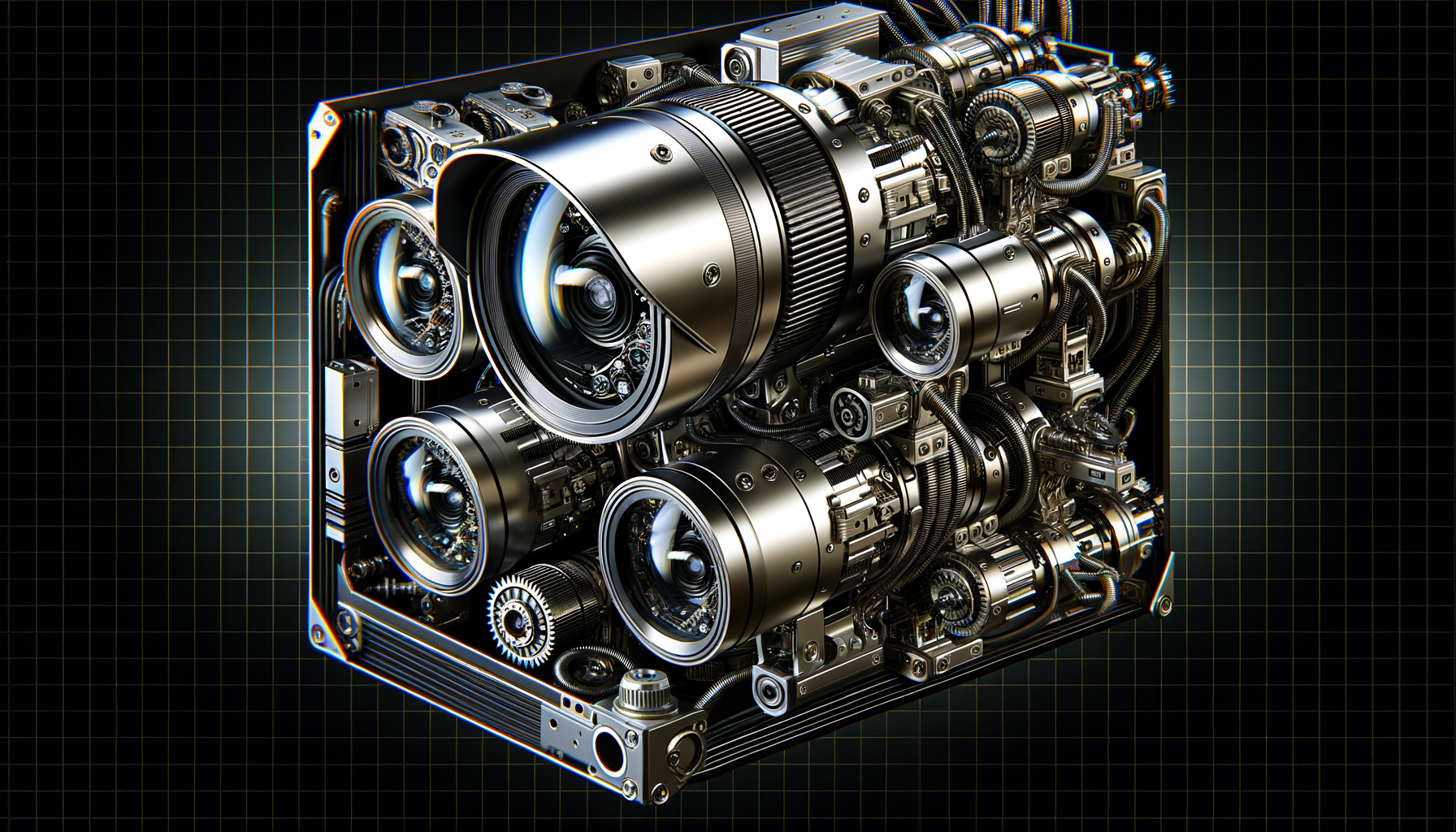
Enhance Your Security System with State-of-the-Art Camera Technology
The Evolution of Security Cameras
Security cameras have come a long way from their inception. Initially, they were simple devices used primarily for monitoring purposes. However, with advancements in technology, they have evolved into sophisticated systems capable of much more. Modern security cameras offer high-definition video, night vision, and even facial recognition, transforming how we think about safety and surveillance.
One significant development in this field is the integration of artificial intelligence. AI-powered cameras can analyze footage in real-time, identifying potential threats and alerting users instantly. This capability not only enhances security but also reduces the need for constant human monitoring, making the system more efficient.
Moreover, the shift towards wireless technology has made installation and maintenance easier. Wireless cameras eliminate the need for extensive wiring, allowing for more flexible placement and reducing installation costs. This evolution has made security systems more accessible to a broader audience, ensuring that more people can benefit from enhanced security measures.
Key Features of Modern Surveillance Cameras
Today’s surveillance cameras are equipped with a range of features designed to provide comprehensive security coverage. Here are some of the standout features:
- High-Resolution Video: Modern cameras offer high-definition video quality, ensuring clear and detailed footage that can be crucial for identifying intruders or incidents.
- Night Vision: With infrared technology, these cameras can capture clear images even in complete darkness, ensuring round-the-clock surveillance.
- Motion Detection: Cameras can detect movement within their field of view and send alerts to users, allowing for quick response to potential security breaches.
- Remote Access: Many systems now offer remote access through smartphones or computers, enabling users to monitor their property from anywhere in the world.
These features collectively enhance the effectiveness of security systems, providing users with peace of mind and a sense of control over their environment.
Benefits of Integrating AI in Security Systems
The integration of artificial intelligence in security systems has opened up new possibilities for enhancing safety and efficiency. AI can process vast amounts of data quickly, identifying patterns and anomalies that might indicate a security threat.
One of the key benefits of AI integration is its ability to reduce false alarms. Traditional motion detectors might trigger an alert for harmless movements, such as a pet passing by. AI systems can differentiate between a potential threat and non-threatening activity, ensuring that users are only alerted when necessary.
Furthermore, AI-powered cameras can recognize faces and license plates, offering an additional layer of security. This capability is particularly useful in identifying repeat offenders or unauthorized personnel, providing valuable information for law enforcement and security teams.
Overall, AI enhances the reliability and effectiveness of security systems, making them a valuable investment for both residential and commercial properties.
Choosing the Right Security Camera System
Selecting the right security camera system can be a daunting task, given the plethora of options available. It’s essential to consider several factors to ensure you choose a system that meets your specific needs.
First, assess the area you need to monitor and the level of detail required. If you’re monitoring a large space, you might need cameras with a wide field of view or higher resolution. For smaller areas, a basic system might suffice.
Consider the environment where the cameras will be installed. Outdoor cameras need to be weatherproof and durable, while indoor cameras can focus more on aesthetics and functionality.
Another crucial factor is the ease of use and installation. Opt for systems that offer user-friendly interfaces and straightforward installation processes. Wireless systems are often preferable for their flexibility and ease of setup.
Finally, evaluate the cost in relation to the features offered. While it’s tempting to go for the cheapest option, investing in a reliable and feature-rich system can provide better long-term value.
Future Trends in Security and Surveillance Technology
The future of security and surveillance technology is promising, with continuous advancements on the horizon. One trend to watch is the increasing use of cloud-based systems. These allow for seamless data storage and access, providing users with the ability to review footage anytime, anywhere.
Another exciting development is the integration of the Internet of Things (IoT). IoT-enabled devices can communicate with each other, creating a more cohesive and responsive security ecosystem. For example, a motion detector could trigger a camera to start recording, or a smart lock could alert the system when a door is opened.
Additionally, advancements in biometric technology will likely play a significant role in future security systems. Biometric access control, such as fingerprint or retina scanning, offers a high level of security and convenience, reducing the reliance on traditional keys or passcodes.
As these technologies continue to evolve, they will undoubtedly enhance the capabilities of security systems, providing users with even more robust and reliable protection.
